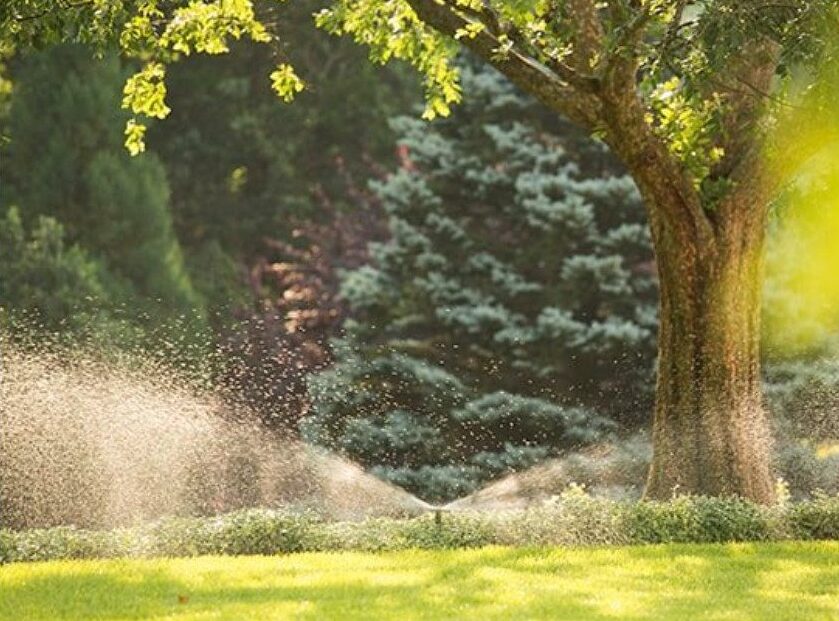Caring for Your Lawn During Summer Weather
Challenging summer weather conditions, such as drought and high temperatures, can make it difficult to maintain a lush and healthy lawn. However, with the right lawn care strategies, you can help your grass survive and even thrive during this drought period. To ensure your lawn stays green and resilient, it’s crucial to implement effective watering techniques, soil management, and grass maintenance practices. Proper lawn care during drought conditions includes deep watering, using mulch to retain moisture, and mowing at a higher height to shade the soil, reducing evaporation.
Read on to discover actionable tips and expert advice for maintaining a beautiful lawn during this challenging season.

Understanding Summer Weather’s Impact on Your Lawn
During periods of drought, the soil gradually dries out from the surface downward. Brown patches on your lawn indicate that individual grass plants aren’t receiving enough water, causing them to enter dormancy. While dormant lawns typically recover with improved conditions, prolonged drought may require re-grassing in specific areas. Dormancy can vary across different parts of your property due to various factors.
Actions to Protect Your Lawn
1. Lawn Height: Mowing your lawn at a higher cut allows taller grass blades to shade the soil, reducing evaporation. This practice is crucial for conserving moisture, especially during dry spells.
2. Prioritize Irrigation: Turn off drip zones for established plants to allocate water more effectively to your lawn, ensuring it receives adequate hydration.
3. Partial Dormancy: Allowing certain areas of your lawn to go dormant can conserve water, focusing resources on maintaining the most crucial sections of your property.
4. Address Radiated Heat: Areas with ledges, rocks, or hard surfaces like sidewalks and driveways tend to retain and radiate heat, causing localized brown spots. Solutions include increasing topsoil depth or creating separate irrigation zones to provide additional water where needed.
5. Irrigation System Audit: Evaluate your irrigation system’s design, sprinkler head placement, and watering duration. Weak spots in the system become apparent as brown patches during droughts. An audit can pinpoint issues and suggest improvements for more efficient water distribution.
Ensuring Water Availability
Municipal Water: Navigate watering restrictions by applying for a Large Property Variance application. This step ensures compliance while meeting your lawn’s water needs.
Well Water: Properties relying on wells must manage water usage carefully. Extensive irrigation can significantly lower well levels, risking damage to pumps and wells. Consult with us to optimize your irrigation schedule for well protection and lawn health.
Understanding how drought impacts your lawn is the first step in effective lawn care. Implementing these strategies can help your lawn thrive despite challenging weather conditions




